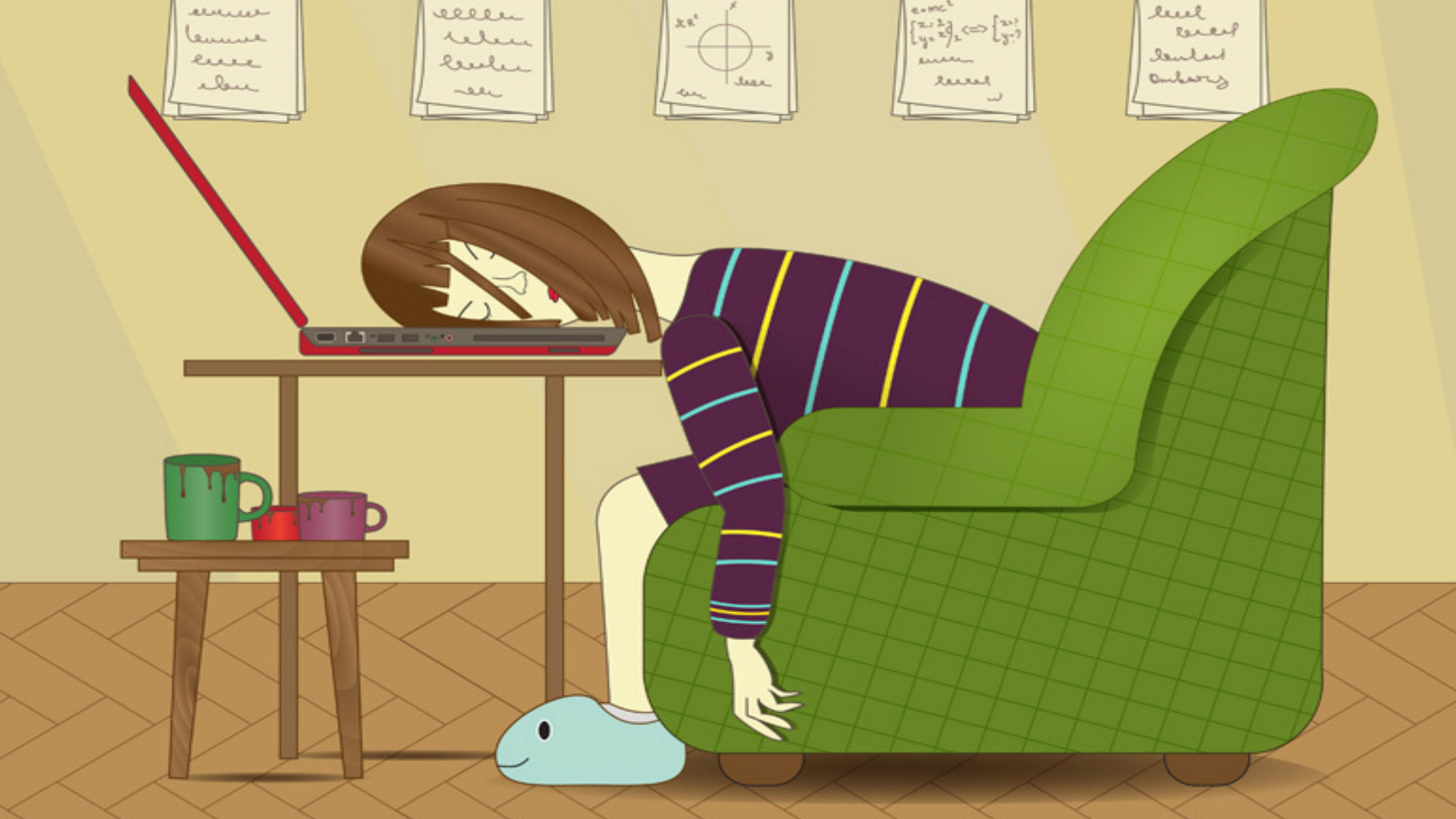What if you could set yourself up to have a different memory in the future? Researchers say just post a false event to your social network feed.
All Articles
If Mona Lisa is the smile, Madame Cézanne is the scowl. Hortense Fiquet, Paul Cézanne’s model turned mistress turned mother of his child turned metaphorical millstone around his neck, endures as a standard art history punch line—the muse whose misery won immortality through the many masterpiece portraits done of her. Or at least that’s how the joke usually goes. The Metropolitan Museum of Art’s current exhibition Madame Cézanne, which gathers together 24 of the 29 known portraits Cézanne painted of Hortense over a period of more than 20 years, tries to rewrite that joke as it hopes to solve the riddle of Madame Cézanne, aka, The Case of the Miserable Muse.
“If you draw something, I will add to it.” The red pen never felt so good. “Art is the only serious thing in the world. And the artist is the […]
For many industries, the next big innovative step is often spurred by achievement from an outside industry. The historical marriage between food preservation technology and nautical advancement is a perfect example.
The Quadrantid Meteor Shower peaks tonight but astronomers warn that the forthcoming full moon will likely dampen the occasion.
Researchers from the University of Maryland and Australian research center NICTA have developed a method to teach robots tasks by exposing them to lessons on YouTube.
A workshop in Saratoga Springs, N.Y. helps equip children with the necessary survival knowledge in case they’re separated from parents and friends.
The Science Guy explores the social lessons to be learned from evolution. Paramount is that race, both as a classification for humans and dogs, is not a natural construct.
As dark energy takes over and distant galaxies accelerate, what are we losing, and what does that mean? “What is that feeling when you’re driving away from people and they […]
The District of Columbia sports the third highest rent in the country yet prices have begun to fall as a construction boom injects supply into a seller’s market.
“There are no happy endings in history, only crisis points that pass.” The author and biochemist was born 2 January 1920.
A Rutgers Medical School professor has developed an exercise called “Psy-Feld” in which students watch episodes of the beloved 90’s sitcom and discuss the psychopathology of the characters.
Occupy the Bookstore “overlays competitive market prices for textbooks directly on the college bookstore website,” much to the chagrin of bookstore giant Follett.
Seemingly minor decisions like where you shop and how you socialize can mean the difference between maintaining a healthy reserve and returning home penniless.
If you’re not getting enough sleep at night you’re not going to be as productive or happy in your life. Try to make the decision to remedy that this new year.
Genetic disposition and smoking may have little to do with your chances of getting cancer, in some instances. Recent research indicates that two-thirds of the time, the cause of cancer can be blamed on just bad luck.
In late 2014, a court in Argentina took up the case of Sandra, a 29-year-old who has been held captive all her life. Born in Germany, taken from her parents […]
Innovation expert Elliott Masie explains the goal of his MASIE Center think tank: to investigate the connections between technology, innovation, and learning. Part of this is understanding the instantaneous nature of commercial innovation.
Talking on the phone isn’t just a Stone Age custom. Young people who prefer text-based communication still need to hone their talking skills in order to excel.
“People who see life as anything more than pure entertainment are missing the point.”
BMJ blogger Richard Smith makes the bold claim that dying of cancer is the best form of death and certainly preferable to a sudden passing. Do you agree?
Employee morale at the Transportation Security Administration is among the lowest in the entire United States government. A former TSA officer recently explained why in a piece at Politico.
While 2015 gives us all a fresh start, we can consider the Big Bang until today to be “One Universe Year.” What comes next? “And now we welcome the new […]
A fair and balanced trial you may not get if your lawyer happens to have a deep, masculine voice. Research suggests a court will favor lawyers with gentler-sounding voices.
Is innovation always a good thing? In the right hands, the myriad tech innovations on the immediate horizon could help solve humanity’s most pressing problems. In the wrong hands, change could lead to struggle.
Every New Year, old yearnings to live better are reborn. And many who make New Year’s resolutions of the “less vice, more virtue” kind, need a higher-resolution picture of some relevant language and history. The “cardinal virtues” didn’t come from cardinals (and they’re not religious relics). Nor are the deadly vices just irrational restrictions. Ignoring this logic is expensive.
Here’s a fun thought experiment: What would happen if Earth stopped spinning around the sun? Aatish Bhatia from Wired writes on the repercussions as we finish another revolution.
Before you trash those old electronics, you may want to give some thought to how this old device could better your own or someone else’s life. Consider some alternative ways to recycle and reuse old tech.
A once and a lifetime event has come into our field of view. New Year’s celebrators should be able to easily spot Comet Lovejoy skirting past the constellation Orion in the night sky till mid January.
Cindy Wahler argues that a humble attitude doesn’t work in an office. While you may have projects to show you do great work, senior managers still may not who you are unless you promote yourself.


























